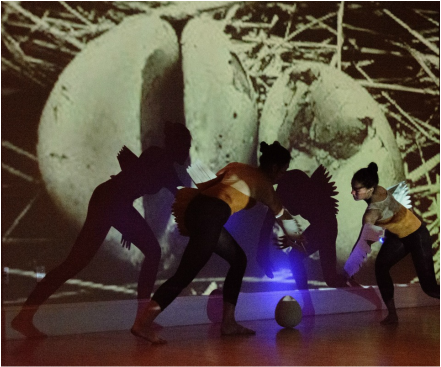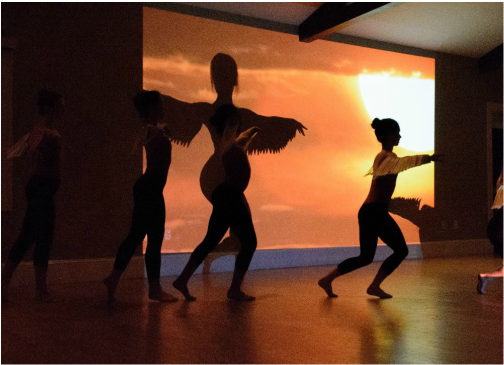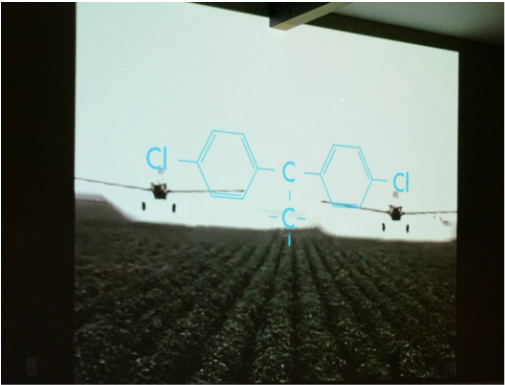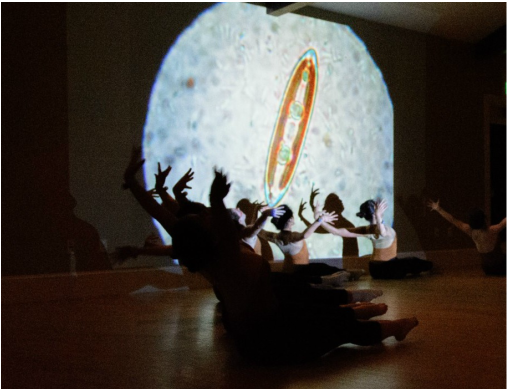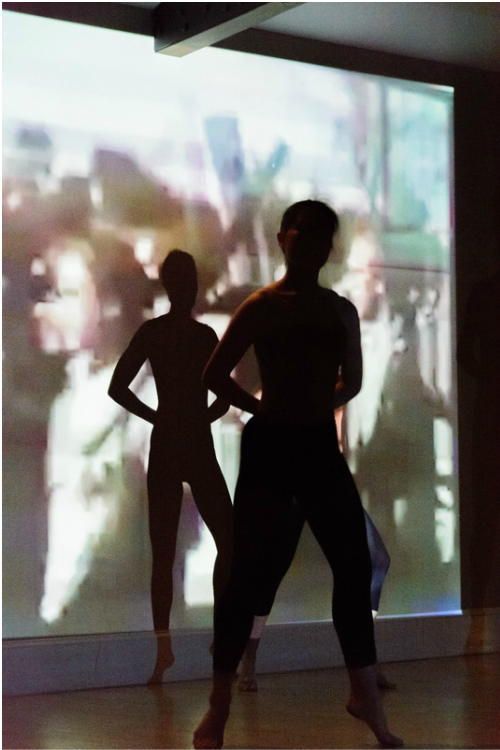Silent Spring/Pelican 2
Sculpture | Dance | Video Projection
Silent Spring/Pelican 2 tells the story of the Brown Pelican from near-extinction due to pesticide pollution to recovery through grassroots activism motivated by Rachel Carson's famous novel. It also draws inspiration from Robert Rauschenberg's 1963 performance piece Pelican, and the wing costumes were made from window blinds scavenged from dumpsters to pay homage to Rauschenberg's use of found materials.
A collaboration with the Bent Spoon Dance Company, with video projection by Ian Montgomery, Silent Spring/Pelican 2 was first performed live on Earth Day 2015 at Stanford University. See below for the 3-part video and images:
A collaboration with the Bent Spoon Dance Company, with video projection by Ian Montgomery, Silent Spring/Pelican 2 was first performed live on Earth Day 2015 at Stanford University. See below for the 3-part video and images:
Act 1: Before Pesticides
The opening act of Silent Spring/Pelican 2 depicts an ethereal sunrise on Earth before the impacts of DDT and other pesticides interfered with the natural balance of pelican ecology. Dancers drew inspiration from the flight patterns, feeding, and courtship behaviors of brown pelicans.
The opening act of Silent Spring/Pelican 2 depicts an ethereal sunrise on Earth before the impacts of DDT and other pesticides interfered with the natural balance of pelican ecology. Dancers drew inspiration from the flight patterns, feeding, and courtship behaviors of brown pelicans.
Act 2: Biomagnification/Trophic Pyramid
The second act begins with 1950's-era imagery of crop dusters spraying pesticides developed to fight typhus during World War II. Unregulated use of these chemicals loaded the environment with compounds such as DDT, whose concentrations magnified up marine trophic pyramids from prey to predator (algae > fish > pelicans). DDT inhibits calcium production in bird eggs, making the shells break under their mother's weight. As a result, Brown Pelican populations declined until they were listed as an endangered species by the US Government in 1970.
The second act begins with 1950's-era imagery of crop dusters spraying pesticides developed to fight typhus during World War II. Unregulated use of these chemicals loaded the environment with compounds such as DDT, whose concentrations magnified up marine trophic pyramids from prey to predator (algae > fish > pelicans). DDT inhibits calcium production in bird eggs, making the shells break under their mother's weight. As a result, Brown Pelican populations declined until they were listed as an endangered species by the US Government in 1970.
Act 3: Grassroots Hope
Rachel Carson was an author and scientist whose 1963 novel Silent Spring opened up an international discourse on environmental regulation. Her grassroots outreach ultimately lead to the U.S. ban on the use of DDT for agriculture in 1972 and international regulation through the UN Stockholm Convention. As a result, the Brown Pelican population recovered and was removed from the Endangered Species list in 2009. Here, dancers move from apathy to activism to restore the population of Brown Pelicans.
Rachel Carson was an author and scientist whose 1963 novel Silent Spring opened up an international discourse on environmental regulation. Her grassroots outreach ultimately lead to the U.S. ban on the use of DDT for agriculture in 1972 and international regulation through the UN Stockholm Convention. As a result, the Brown Pelican population recovered and was removed from the Endangered Species list in 2009. Here, dancers move from apathy to activism to restore the population of Brown Pelicans.

